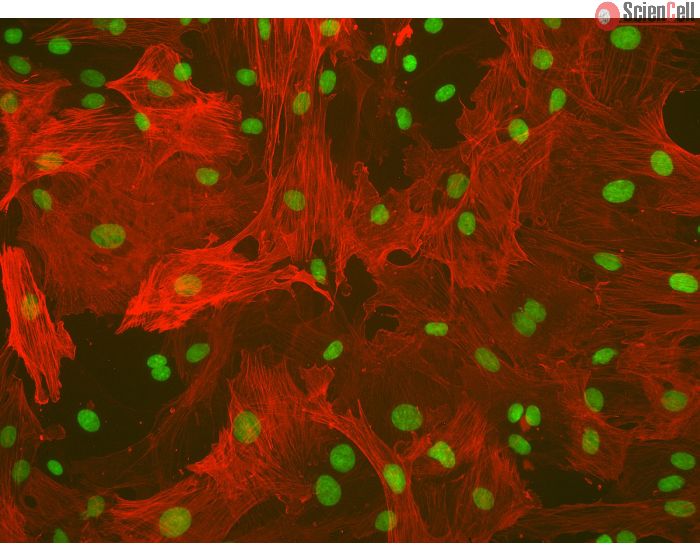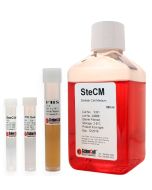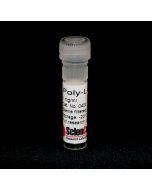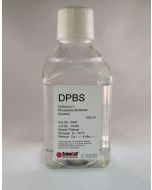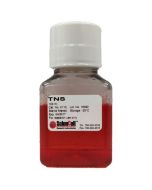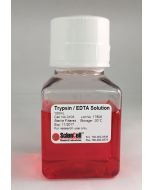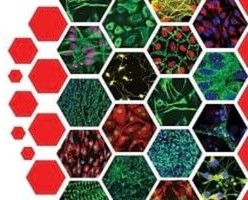Rat Hepatic Stellate Cells
Catalog No.
R5300
RHSteC from ScienCell Research Laboratories are isolated from postnatal day 2 or postnatal day 8 rat liver. RHSteC are cryopreserved at passage one and delivered frozen. Each vial contains >5 x 105 cells in 1 ml volume.
$484.00
In Stock
